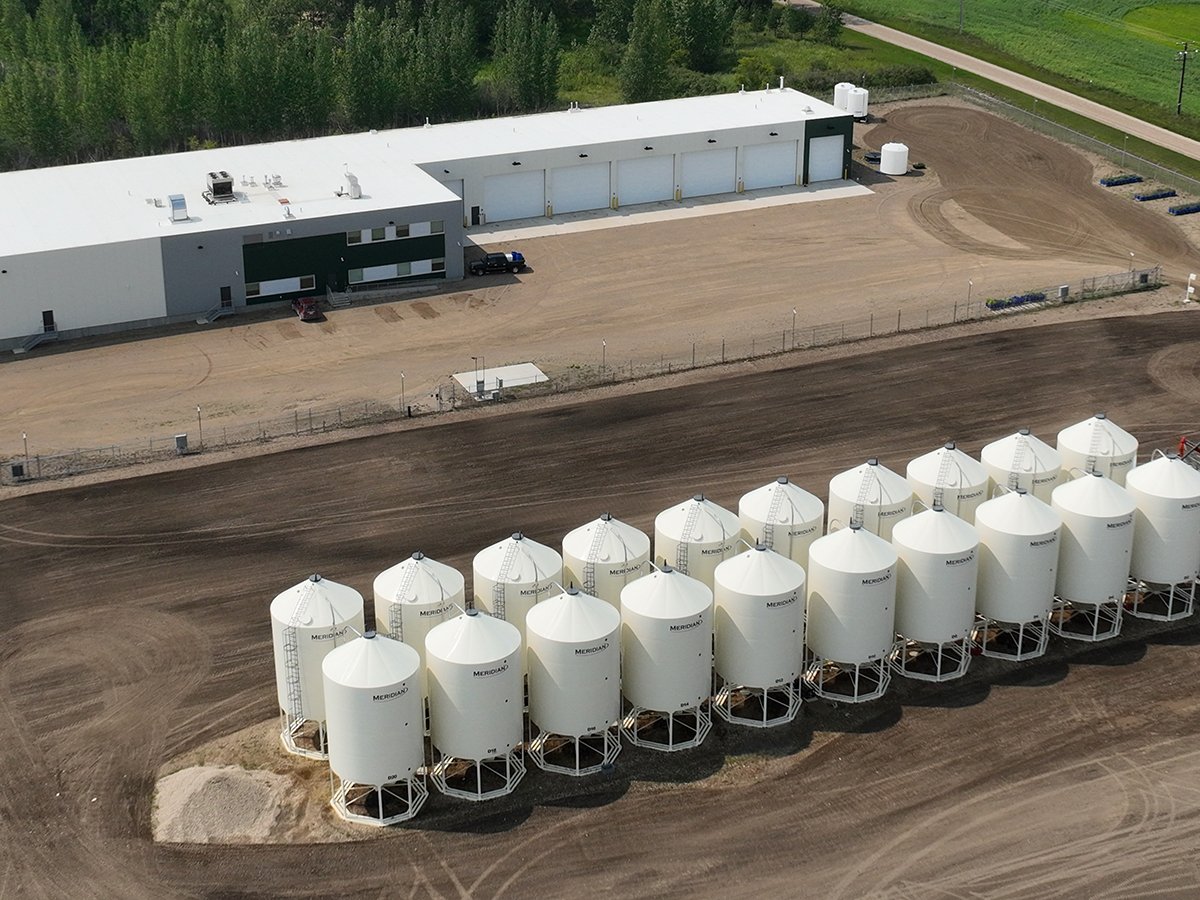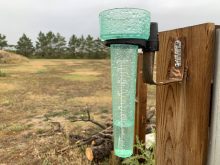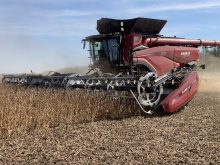Producers have better tools to control fusarium head blight than they did a decade ago despite growing concerns about new types, a plant pathologist with North Dakota State University said.
“Overall we’re probably at less risk than we were in 1997, 2001, 2005, because we have plants that are resistant varieties,” said Marcia McMullen, an extension cereal pathologist with NDSU. “We don’t panic about it (fusarium) as much as we used to.”
Plant pathologists and most producers now understand that the best way to combat fusarium, also called scab, is to employ many strategies.
Read Also

Saskatchewan firm aims to fix soil with compost pellets
In his business, Humaterra, Leon Pratchler is helping farmers maximize yields in the weakest areas of their fields through the use of a compost pellet.
An NDSU publication on fusarium recommends that farmers plant resistant cultivars, use a seed treatment, bury infected residue with tillage, rotate cereals with non-host crops, stagger planting dates so crops flower at different times and spray fungicide at the time of flowering.
“Variety choice and fungicide would be my top two,” she said.
Most resistant varieties offer Type 2 resistance to fusarium, according to the NDSU publication. Type 1 resistance reduces the number of initial infections, whereas Type 2 resistance limits the spread of fusarium on the head. Controlling spread on the head is more important, McMullen said, because it likely has the biggest impact on yield.
“If 100 percent of the heads have one spikelet infected, that might be seven percent potential yield loss,” she explained. “But if 50 percent of the heads have a 100 percent … that would be 50 percent yield loss.”
“That’s one of the reasons they (breeders) concentrate on spread on the head.”
Regarding fungicide, Vikram Bisht, an extension pathologist with Manitoba Agriculture, agreed that it’s an important component in the fusarium fighting toolbox.
But producers who seed cereals at high rates may run into trouble when the plants are flowering.
“Some growers are using a higher seeding rate, which reduces the tillering,” he said. “What happens is the tillers usually come slightly slower and the heads later. The duration of the flowering is extended.”
That means when growers apply fungicide, there’s a chance that a percentage of the crop will flower after the application.
“They have not been covered (and) they could be the source of infections,” he said, adding a second treatment of fungicide would reduce the threat but it’s not economical.
Seed treatment is an inexpensive way to ensure a good crop, he said.
But McMullen isn’t convinced that seed treatment is a significant element of fusarium control.
“The seed treatment doesn’t prevent scab at all during the growing season. It’s just a tool to have vigourous growth, good germination and prevent seedling blight.”
Although McMullen is feeling more optimistic about the tools available, economic realities of farming often trump concerns about disease.
As an example, farmers will plant corn on a field that grew wheat the previous year, even though it increases the risk for fusarium damage.
“In North Dakota, for example, we used to have less than a million acres of corn and now we have three million,” she said.
“There are just a lot of reasons that farmers will produce corn, even though they know it makes it a higher risk for scab.”
More North Dakota growers are moving away from wheat, she added, because corn and soybeans provide a better return and are easier to sell.
“The other things producers tell me, with wheat, you take it to the elevator and you start getting discounts for this, that and everything. With corn and soybeans, you take it to the elevator and you don’t get discounted.”















